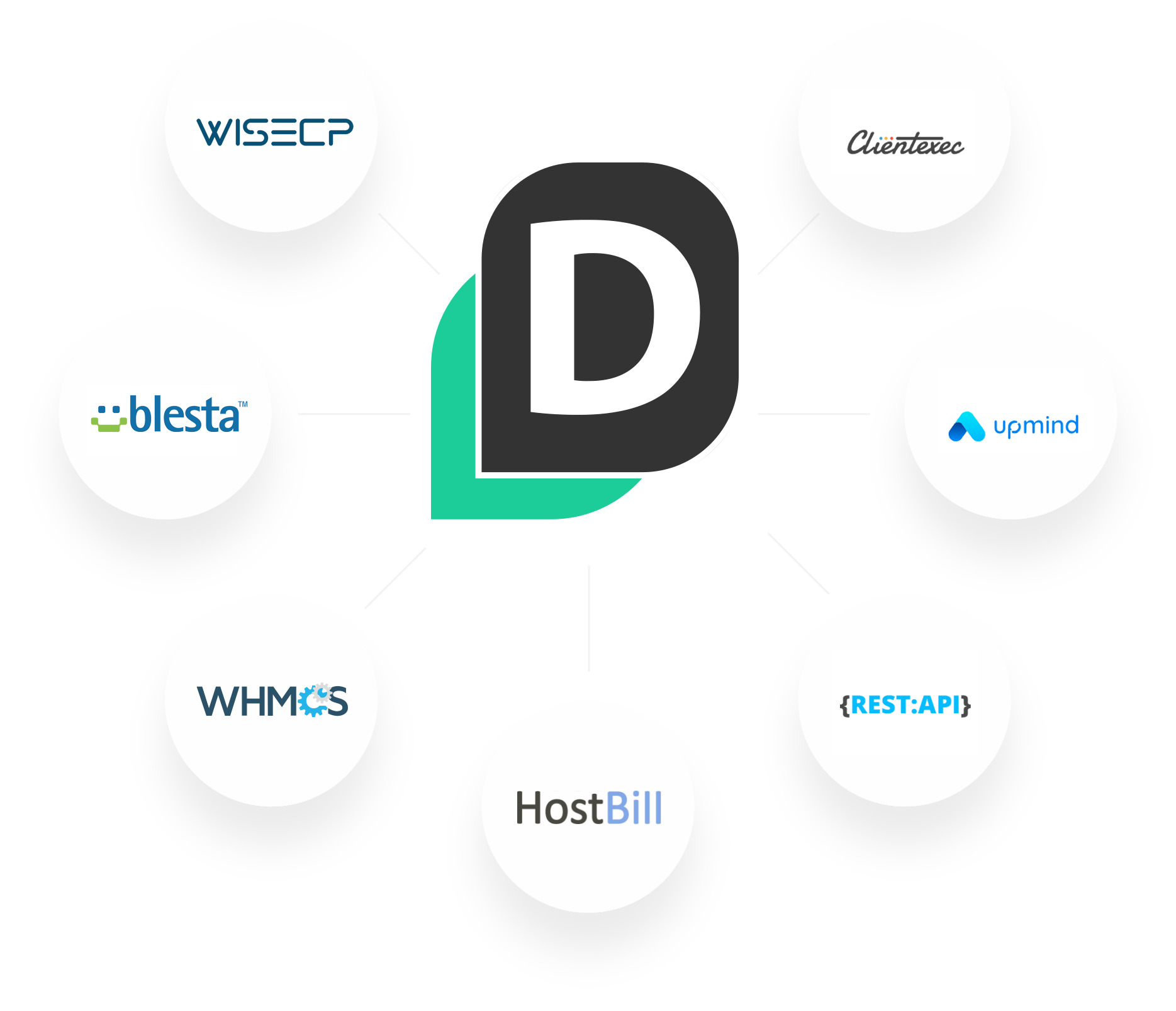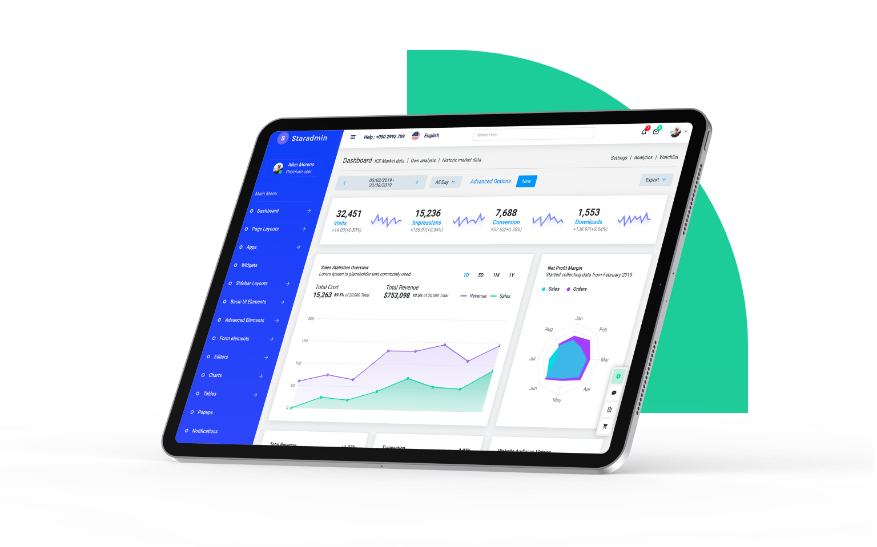API, Application Programming Interface, is an interface used to enable
the exchange of information between different programs. Through an API, one software can
use the functionalities of another software. This allows developers to access the
services and data provided by another software, accelerating and simplifying the
development of new applications.
How an API Works
An API is a set of instructions, protocols, and tools used to access a specific dataset
or service. APIs typically work between a server and a client. The client makes a
specific request using the API, and the server responds accordingly. This response is
usually in JSON or XML format.
Some Examples of API Usage
1- Domain Lookup Application: Suppose you're developing a domain lookup or WHOIS
application that allows users to query domain names and retrieve WHOIS information to
find out who owns a domain. You can use an API to check whether the domain is registered
or available for registration.
2- Payment Systems: Imagine you are setting up a domain hosting company. To allow
users to pay by credit card, you'll need a payment gateway. You can use APIs such as
Stripe, PayPal, AliPay, PayTR, Param, or Iyzico. The API enables secure processing of
payment transactions. Your website or application sends the user's payment information
to the API, and the API processes it and informs you whether the payment was successful.
Advantages of Using APIs
- Easy Integration: APIs enable different software systems to integrate with
each other easily.
- Time Saving: Developers don’t have to code certain features from scratch
thanks to APIs, which speeds up the software development process.
- Scalability: APIs make it easy to add new features. Developers can expand
their applications by leveraging existing APIs.
- Reliability: APIs are usually maintained and regularly updated by large
companies or service providers, which ensures a reliable service.























